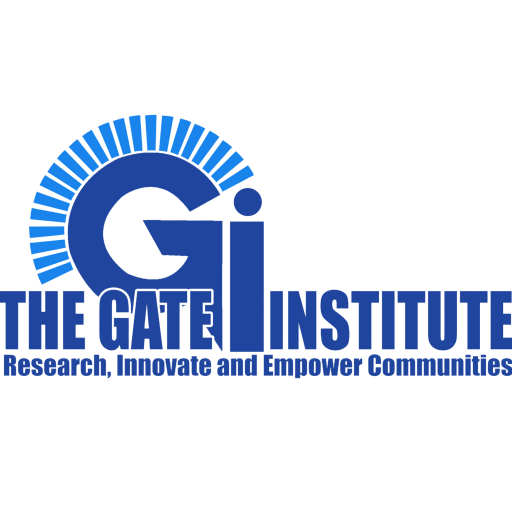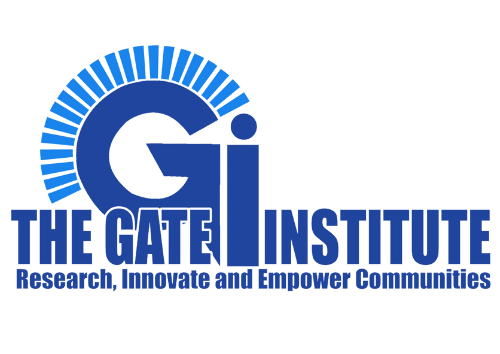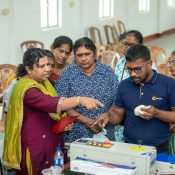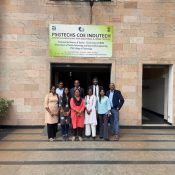
Digital Literacy survey to be conducted in the Vanni region
The Gate Foundation, in collaboration with the University of Vavyniya, Sri Lanka, has embarked on a comprehensive assessment of ‘Digital Literacy’ in the Vanni region of Sri Lanka. To begin with, a pilot survey has been arranged by the University of Vavuniya students on January 12, 2023, in Tanduwan village of Mullaithivu.
Digital literacy is an essential skill in today’s technology-based world. Martin (2006) defines ‘digital literacy’ as follows:
“Digital literacy is the awareness, attitude and ability of individuals to appropriately use digital tools and facilities to identify, access, manage, integrate, evaluate, analyse and synthesise digital resources, construct new knowledge, create media expressions, and communicate with others in the context of specific life situations, to enable constructive social action; and to reflect upon this process.”
This definition shows how significant the influence of digital literacy is in today’s world in accessing knowledge and information and thus empowering people. Therefore, fostering digital literacy enables people to have the proper access to education, the right access to employment and suitable access to equitable resources. It also empowers them with the right decision-making power to fight against societal discrimination, prejudice, domestic violence, and gender-based violence.
The Department of Census and Statistics of Sri Lanka publishes statistics yearly regarding computer literacy and digital literacy in Sri Lanka. According to this, computer literacy at the end of 2021 was 34.3% and digital literacy at 57.2%. The urban sector shows the highest computer literacy rate (49.0%) among residential sectors. The computer literacy rate for rural and estate sectors is 32.3 % and 13.9 %, respectively. Among the provinces, the Western province has the highest level of computer literacy (45.9%). At the same time, the computer literacy level is 27.9% in the Northern province and 28.9% in the Eastern province. Computer literacy among males (36.1%) was higher than that of females (32.6%) in 2021. Young youths (aged 15 –19 years) show the highest computer literacy rate (71.4%) among all other age groups (Department of Census and Statistics, 2021).
When digital literacy is considered, 57.2% (aged 5 -69) have digital literacy. Digital literacy is higher than computer literacy for all disaggregated levels. Digital literacy between males and females is 60.3% and 54.5%, respectively. At the same time, there is a significant difference between the level of digital literacy in urban (72%), rural (55.2%) and estate (38.2%) locations. Meanwhile, the distribution of Internet users in Sri Lanka is 44.5%, but only 17.8% can use the Internet for email purposes. This sheds light on how much they know how to use digital literacy meaningfully (ibid).
However, based on these data, the need for a comprehensive assessment is realised to carry out interventions to address the digital divide and the inequality and imbalances that may occur due to it. The above-discussed study conducted by the Department of Census and Statistics of Sri Lanka falls short of taking into account the district-wise statistics and essential variables. Importantly, digital literacy has loosely been defined in this study as if a person could use a computer, laptop, tablet or smartphone on his/her own.
Because of the different definitions of digital literacy found in past research and tests, our project has chosen UNESCO’s Digital Literacy Global Framework (DLGF) as the best framework for our research for two main reasons. First, A Global Framework of Reference on Digital Literacy Skills for Indicator 4.4.2 (Law et al., 2018) reviews the different notions of digital literacy and builds on past literature and studies to formulate a coherent definition and standard based on recurring themes. Second, Sri Lanka is a signatory to the SDGs and committed to aligning its national politics; thus, this data will inform and guide government and development partner responses based on the DLGF.
It is apparent in the Department of Census and Statistics that the Vanni region is in a backward position when compared to other provinces. Thus, conducting a comprehensive assessment of its current status is essential to carry out intervention measures to boost digital literacy in the Vanni region, especially in post-war rural areas lagging behind in digital literacy.
Against this backdrop, the ‘Digital Literacy’ assessment has been planned to be completed in stages of work.







